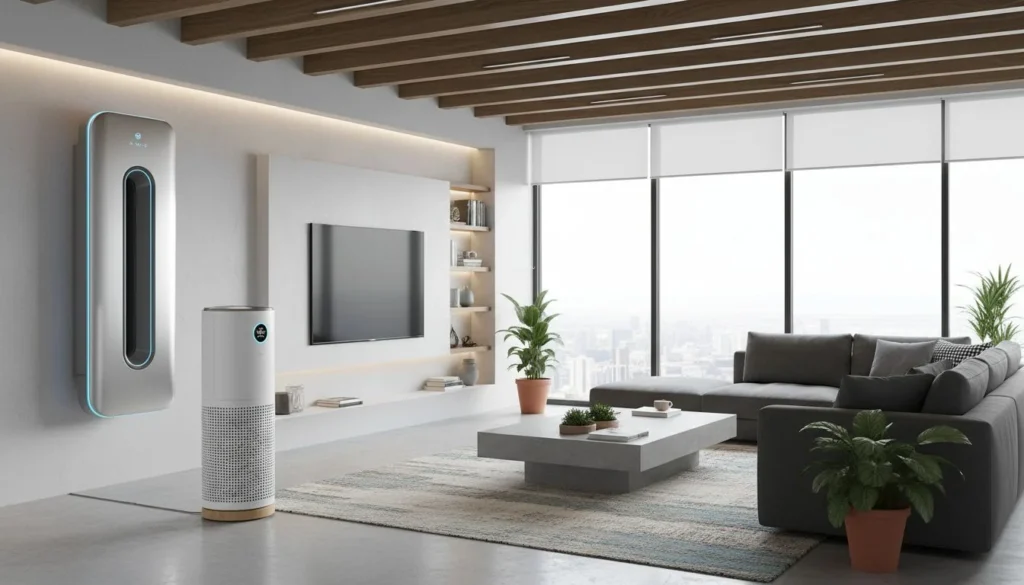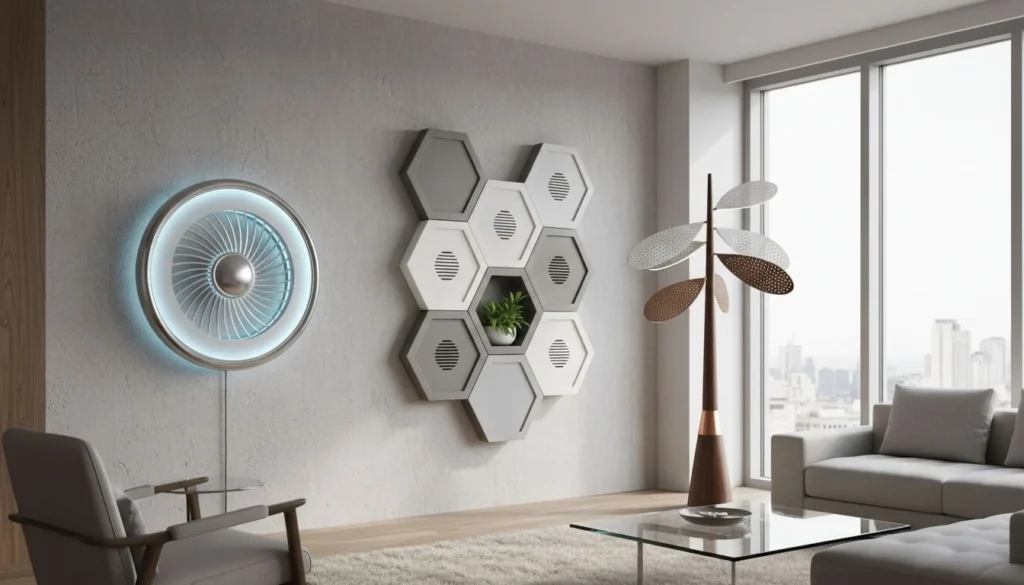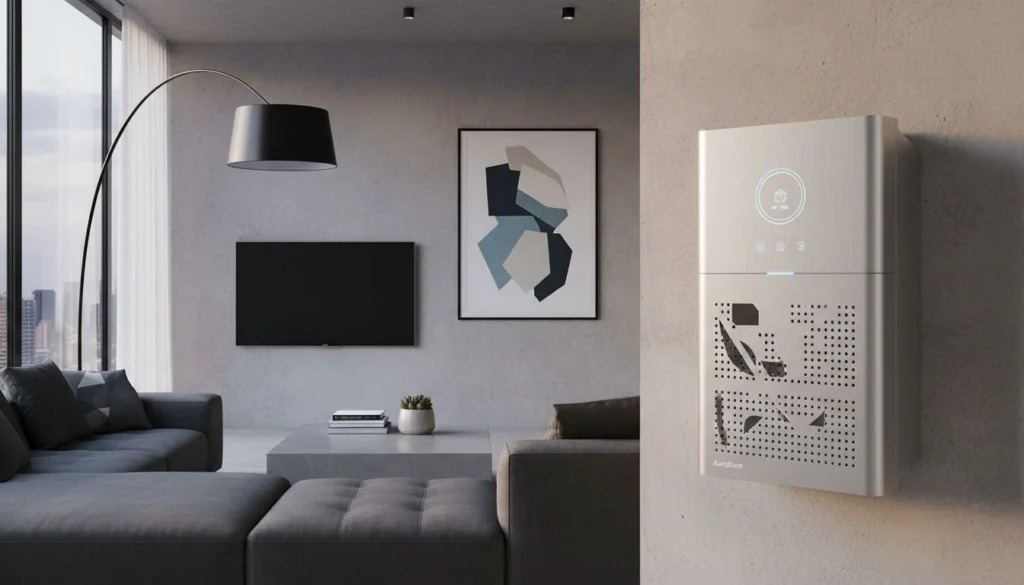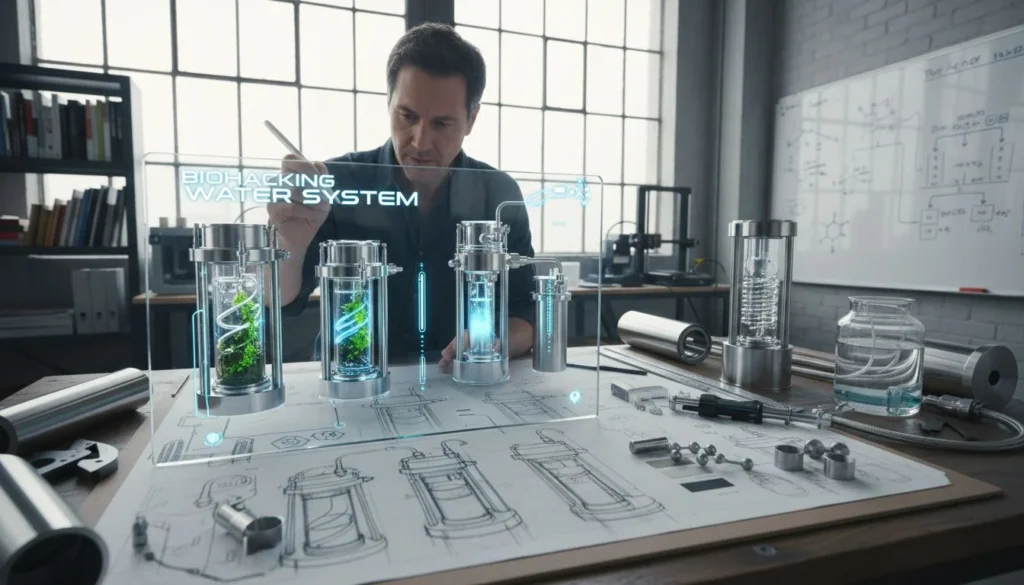
学校や病院での空気環境の管理は、特に予算が限られている場合、負担に感じることがある。
空気清浄機のメンテナンスコストを効果的に削減するには、寿命を延ばす高効率フィルターに投資し、リスクを最小限に抑える壁掛けユニットを選び、ヒソエアーのようなメーカーから直接購入することです。統合 IoT また、タイムリーなメンテナンスのリマインダーのために、予算使用の最適化にも役立ちます。
これらのステップは、コスト削減への直接的なアプローチとなりますが、これらの戦略の広範な影響を理解することで、さらに大幅な節約につながる可能性があります。これらの実用的なソリューションがどのように施設の空気品質管理を変えることができるのか、さらに深く掘り下げてみてください。
高効率フィルターで空気清浄機のメンテナンスコストを削減。真
これらのフィルターは長持ちするため、交換頻度とコストを削減できる。
高効率フィルターの利点とは?
高効率フィルターの利点を理解することで、大規模施設の空気品質管理に革命を起こすことができる。
高効率フィルターは、長寿命、メンテナンスコストの削減、より多くの汚染物質を捕捉することによる空気の質の向上を実現します。清潔な空気が健康や予算管理に欠かせない学校や病院に最適です。
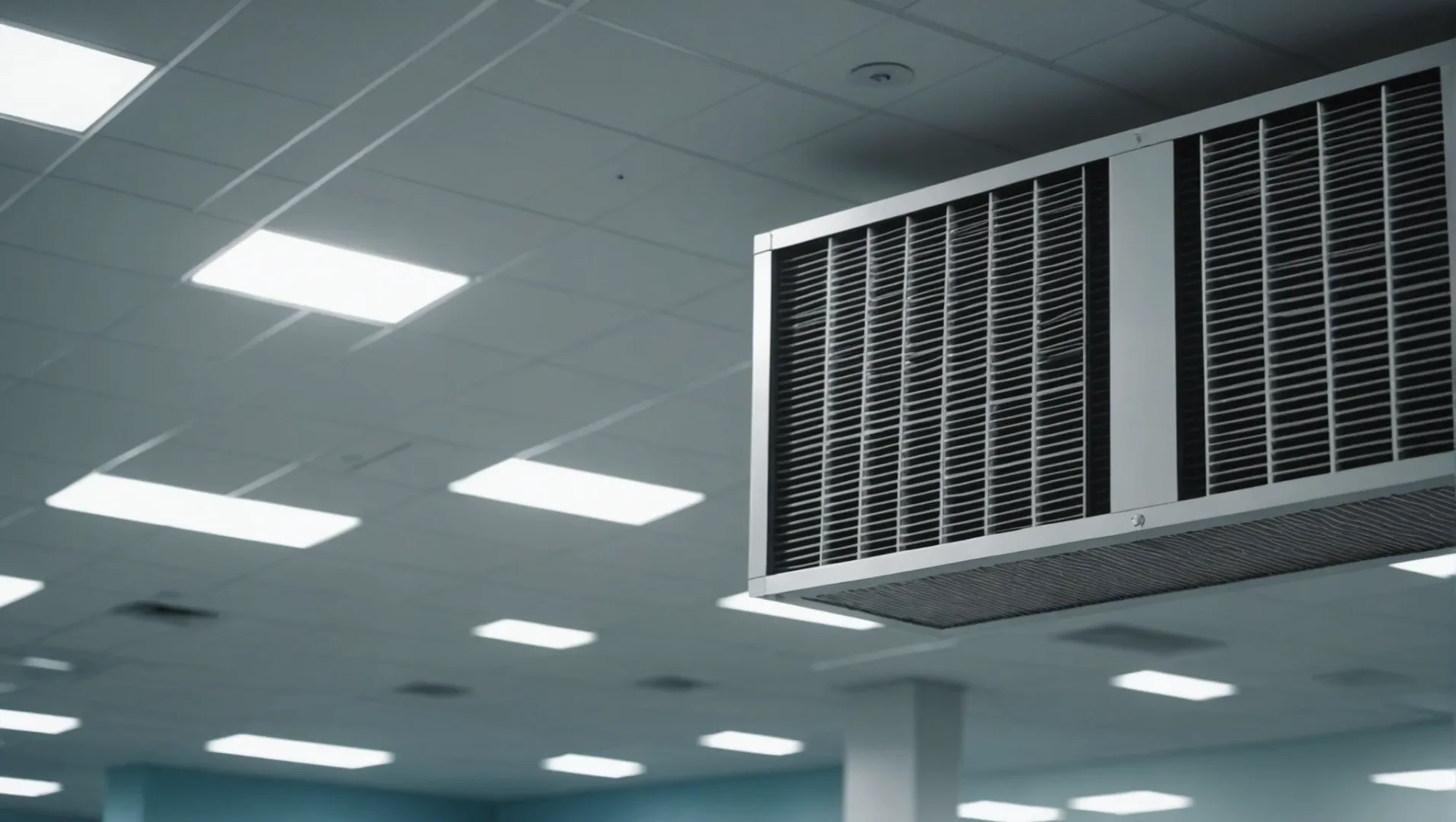
長寿命とコスト削減
高効率フィルターは、空気清浄システムの寿命を劇的に延ばすことができます。従来のフィルターは半年ごとに交換が必要でしたが、高効率フィルターは1年以上使用できます。この寿命延長により、フィルター交換の頻度とコストが削減され、メンテナンス予算の大幅な節約につながります。例えば ヒソエア1 は、中間マージンを排除することで、さらにコストを削減することができる。
大気の質の向上
これらのフィルターは、ほこり、花粉、カビの胞子、バクテリアなどの空気中の粒子をより高い割合で捕捉します。その優れたろ過能力は、学校や病院のような、子供や患者のような敏感な人々を守るために空気の清浄性が最も重要な環境において特に有益であることを意味します。室内空気の質を向上させることで、より健康的な環境づくりに貢献し、学校では病気による欠勤を減らし、病院では患者の回復を助ける可能性があります。
技術の進歩
高効率フィルターの背後にある技術は、過去10年間で大きく進化しました。より高い清浄空気供給率(CADR)は、これらのフィルターがより大量の空気をより効率的に処理できることを保証します。より高い累積清浄質量(シーシーエム)、長期間にわたって最適な性能を維持し、空気汚染物質に対する安定した保護を提供します。
環境への影響
フィルターの交換頻度を減らすことで、高効率フィルターは環境の持続可能性にも貢献します。交換回数が減るということは、廃棄物の発生量が減るということであり、グリーンイニシアティブに合致し、施設の二酸化炭素排出量を削減します。持続可能性に取り組む施設は、これらのフィルターをより広範な環境戦略に組み込むことができます。
実践的な実装に関する考察
高効率フィルターを導入する際には、既存の空気清浄システムとの互換性を考慮することが重要です。システムによっては、より高いろ過基準に対応するために調整やアップグレードが必要になる場合があります。さらに IoT フィルター性能を監視する技術は、タイムリーなメンテナンスと交換を保証し、効率と費用対効果の両方を最大化します。
高効率フィルターは1年以上持続する。真
空気システムの寿命を延ばし、1年以上持続させる。
高効率フィルターは廃棄物の発生を増加させる。偽
交換頻度を減らすことで、無駄を省くことができる。
ポータブル空気清浄機より壁掛け型を選ぶ理由
最適な空気の質を維持するためには、壁掛け型空気清浄機と携帯型空気清浄機のどちらを選ぶかで、その効果とコストが大きく変わります。
壁掛け型空気清浄機は、ポータブル型に比べて安全性が高く、フィルター寿命が長く、コスト効率が高いため、学校や病院に最適です。
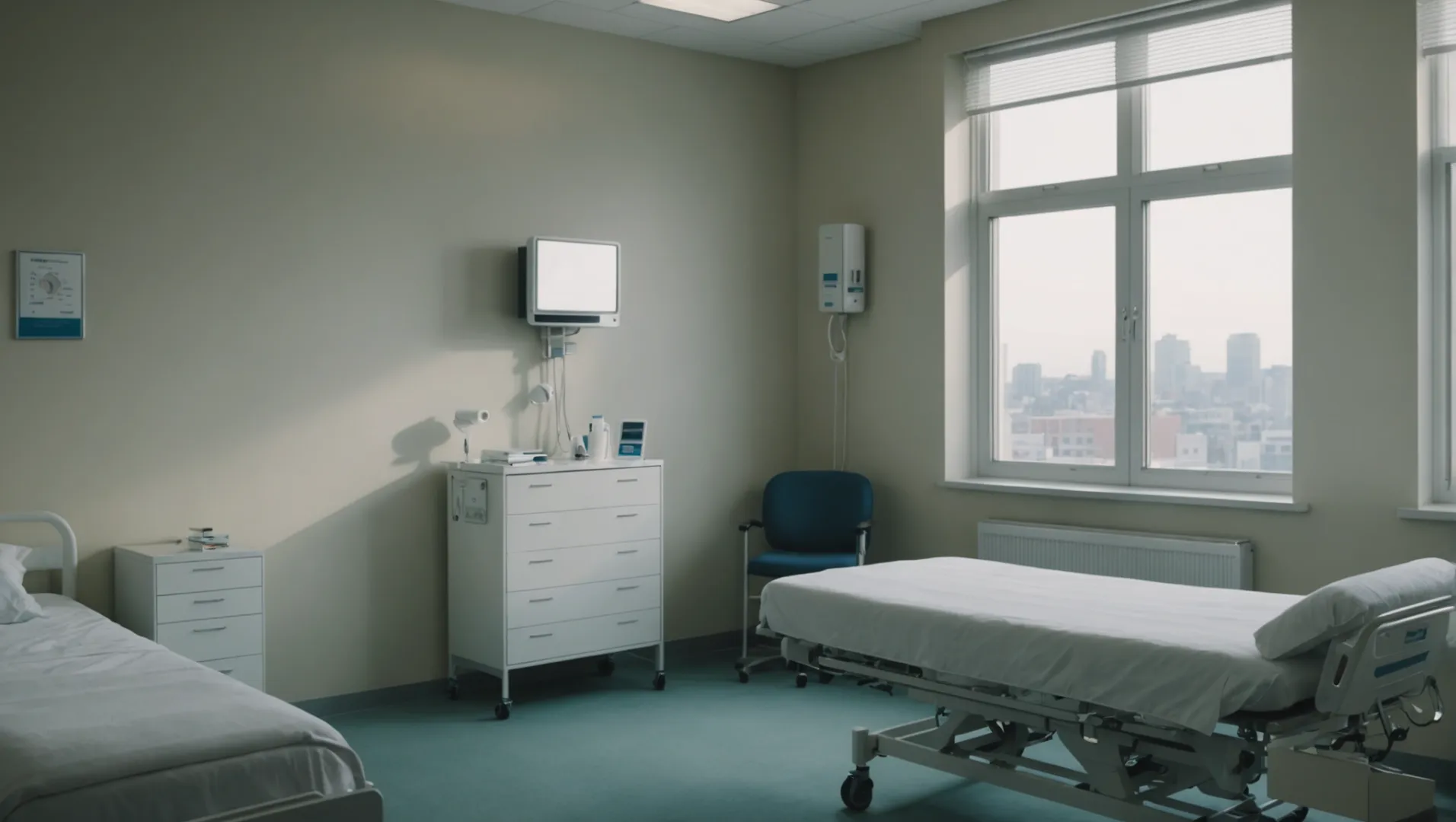
安全性とスペース効率
壁掛け型空気清浄機は、特に床面積が限られている学校や病院などの環境において、干渉を最小限に抑える高さにしっかりと設置されます。偶発的な損傷や改ざんが起こりにくく、潜在的な安全リスクを低減し、中断することなく安定した動作を保証します。
対照的だ、 ポータブル空気清浄機2 家具が倒れたり塞がれたりしやすいため、効率が低下し、メンテナンスの頻度が高くなる可能性があります。
費用対効果の高いメンテナンス
壁掛けユニットは通常、フィルター交換の頻度が少なく、長期的なコスト削減に貢献します。これらのシステムのフィルターは、最適化されたエアフローパターンにより、目詰まりや摩耗を防ぐため、寿命が長くなることが多い。
メンテナンスコストを比較した調査によると、壁掛け型ユニットを使用している施設では、フィルターの寿命が6ヶ月から1年以上に延び、大幅な節約になることが明らかになりました。交換用フィルターをヒソエアーのようなメーカーから直接購入すれば、コストはさらに下がります。
テクノロジー統合の強化
の進歩に伴い IoT 技術により、壁掛け型空気清浄機を既存のシステムに簡単に統合し、室内の空気品質をモニターすることができる。この統合により、リアルタイムのデータ収集とフィルター交換の自動アラートが可能になり、不要な保守点検を減らしながら、ユニットが最高のパフォーマンスで動作することが保証される。
この機能は、病院や学校のような人の出入りが多い環境では特に有利で、空気の質を一定に保つことが重要である。 IoT 統合によってシームレスな管理が可能になり、施設管理者は大気質基準を犠牲にすることなく効率的にリソースを配分できる。
学校と病院における実践的考察
教育現場や医療現場では、常に安全と衛生が優先されます。壁掛け型空気清浄機は、その位置により、効果的な空気清浄を提供するだけでなく、デバイスが生徒や患者の手の届かないところにあることを保証します。これにより、汚染や干渉のリスクを低減します。
さらに、これらのユニットはポータブル・モデルよりも静かな傾向があり、気が散るのを最小限に抑え、学習と癒しに役立つ平穏な環境を促進する。
| 特徴 | 壁掛け | ポータブル |
|---|---|---|
| 安全性 | 高い(手が届かない) | 低い(アクセスしやすい) |
| フィルター寿命 | 拡張 | スタンダード |
| コスト | より低い長期 | より高い長期 |
| 統合 | IoT 適合 | 限定 |
| 騒音レベル | 低い | 可変 |
繊細な環境でのアップグレードや設置を検討している意思決定者にとって、壁掛け型空気清浄機が賢明な選択である理由は、これらの要因が明確に示している。
壁掛け型清浄機はフィルター寿命が長い。真
壁掛けユニットのエアフローを最適化することで、フィルターの寿命を延ばし、コストを削減。
ポータブル清浄機は、学校ではあまり安全ではない。真
ポータブル・ユニットは倒れる可能性があり、混雑した環境では安全上のリスクがある。
どうすれば IoT 空気清浄機のメンテナンスの最適化
空気清浄機がメンテナンスの必要な時期を効率的に知らせ、学校や病院での業務を効率化する世界を想像してみてほしい。
IoT の統合により、リアルタイム監視とタイムリーなアラートにより空気清浄機のメンテナンスが強化され、効率が低下する前にフィルターが交換されるようになります。この積極的なアプローチにより、空気の質が最適化され、手作業による点検が減り、機器の寿命が延びます。
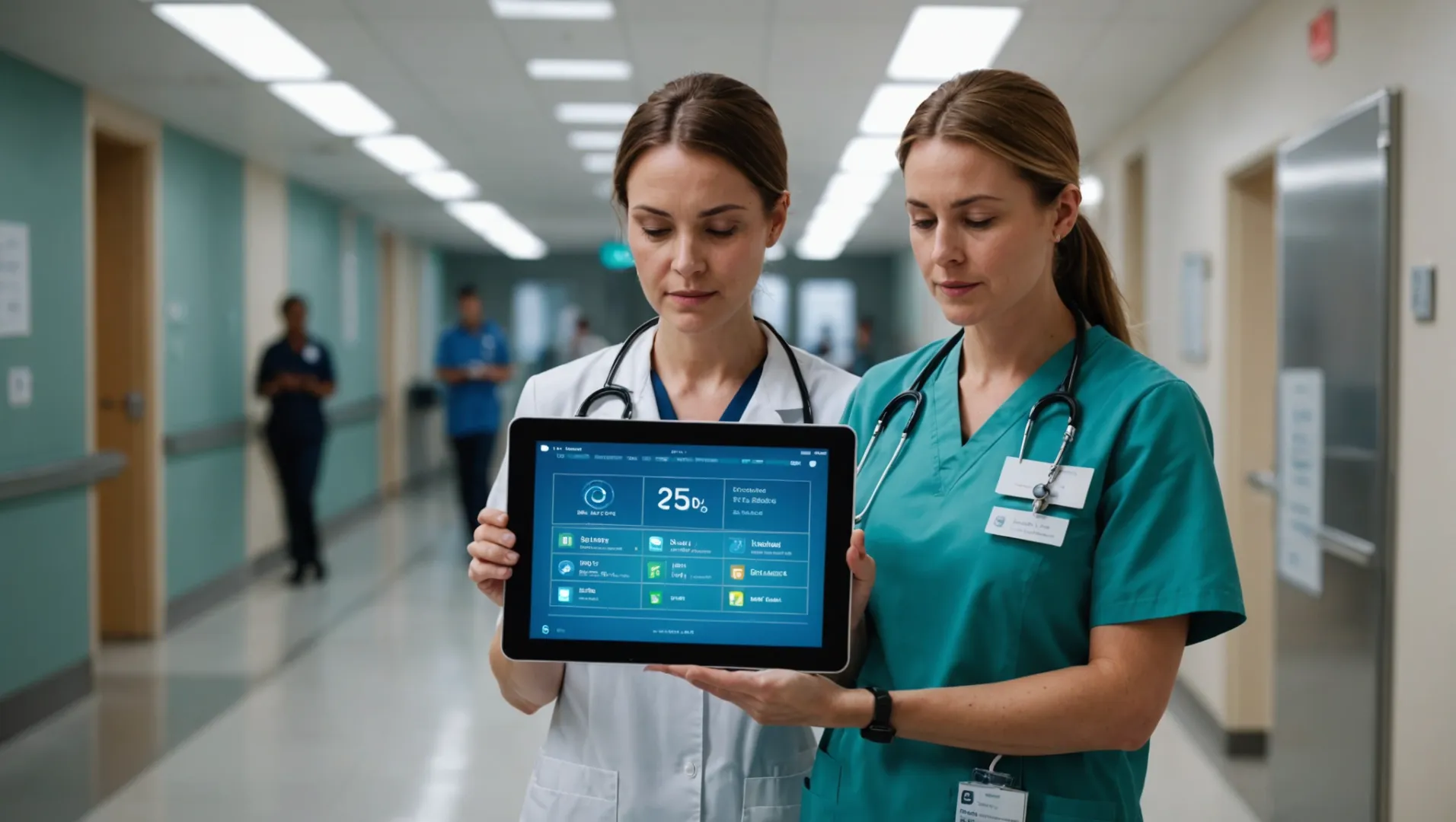
の役割 IoT 大気質モニタリング
モノのインターネットIoT)は、室内の空気の質を継続的に追跡するスマートセンサーを組み込むことで、空気清浄機のメンテナンス管理方法に革命をもたらします。これらのセンサーは、粒子状物質、湿度、その他の汚染物質に関するデータをリアルタイムで提供し、施設が最適な状態を維持できるようにします。このデータにより、施設管理者はフィルターの修理や交換の時期について十分な情報に基づいた決定を下すことができ、常に最高のパフォーマンスで運転できるようになります。
タイムリーなアラートと予知保全
の最も大きな利点のひとつは IoT 統合とは、メンテナンスが必要なときにタイムリーなアラートを受け取る機能である。固定されたスケジュールや手作業による点検に依存する代わりに、メンテナンスが必要なときにタイムリーなアラートを受け取ることができます、 IoT-対応システムは、実際の使用パターンに基づいてフィルターの効率が低下する時期を予測します。この予知メンテナンスは、空気清浄機の寿命を延ばすだけでなく、病院のような繊細な環境での業務に支障をきたすような突然の故障を防ぐこともできる。
ケーススタディヒソエアの IoT ソリューション
ヒソエアのような企業は、このような統合の最前線にいる。 IoT を空気浄化システムに導入した。同社は、フィルターの状態、交換の必要性、システム全体の性能に関する洞察を提供する高度なセンサーを開発した。このような技術を採用することで、学校や病院は学生や患者にとってより健康的な環境を確保しながら、メンテナンスにかかる経費を大幅に削減することができる。
| 特徴 | ベネフィット |
|---|---|
| リアルタイム・モニタリング | 大気質問題の即時特定 |
| 自動アラート | 手作業によるチェックへの依存を軽減 |
| 予知保全 | フィルター寿命の延長とコスト削減 |
今後の展望 IoT 空気浄化
として IoT 技術の進化により、空気浄化への応用はさらに拡大すると予想される。将来のシステムは、さらに洗練された分析を提供し、より広範なビル管理システムと統合することで、環境制御への全体的なアプローチを実現するかもしれない。探索 IoT 空気清浄機の進歩3 は、メンテナンスと運転効率の改善の可能性について、さらなる洞察を提供することができる。
IoTの統合により、空気清浄機の手動チェックを削減。真
IoTはリアルタイムのモニタリングとアラートを提供し、手作業による検査を最小限に抑える。
IoT対応の空気清浄機は寿命が短い。偽
IoTによる予知保全が空気清浄機の寿命を延ばす。
費用対効果の高い交換用フィルターはどこで入手できるか?
学校や病院の空気の質を維持するためには、予算をかけずに交換できるフィルターを見つけることが重要です。
費用対効果の高い交換フィルターを調達するには、HisoAirのようなメーカーから直接購入し、大量購入割引を活用し、フィルターの寿命を延ばすために耐久性のある高効率モデルを選択する必要があります。

メーカー直接購入
費用対効果の高い交換フィルターを調達するための最も効果的な戦略の1つは、以下のようなメーカーから直接購入することです。 ヒソエア4.ブランドごとの代理店や現地輸入業者を通さないことで、施設はコストを大幅に削減できる。メーカーが一括割引やサブスクリプション・サービスを提供することも多く、経費をさらに削減することができる。
フィルターの効率と寿命を理解する
寿命の長い高効率フィルターに投資することで、頻繁な交換を減らすだけでなく、安定した空気品質を確保できます。清浄空気排出率の高いフィルター (CADR)とホコリ保持能力は、標準的なフィルターの最大2倍も長持ちするため、長期間の交換回数が少なくなります。これにより、使用済みフィルターの廃棄に伴う経済的負担と環境負荷の両方を軽減することができます。
| フィルタータイプ | 平均寿命 | コスト削減の可能性 |
|---|---|---|
| スタンダード | 6-12ヶ月 | 低い |
| 高効率 | 12~24カ月 | 高い |
レバレッジ IoT 効率的な経営のために
モノのインターネットの統合IoT)技術を空気清浄機に搭載することで、空気の質とフィルターの状態をリアルタイムで監視できるようになりました。これにより、フィルターは必要なときだけ交換され、早期の交換を防ぎ、各フィルターのライフサイクルを最大化します。 IoT システムは、タイムリーなアラートとデータ分析を提供し、メンテナンスの必要性についてより良い計画と予算を立てることができます。
一括購入のメリット
一括購入は、複数の空気清浄機を管理する機関にとって、経済的に賢い方法です。多くのメーカーは、大量注文に対して大幅な割引を提供し、交換フィルターの単価を下げています。この戦略は経費節減になるだけでなく、施設にフィルターを常備させ、在庫切れによるダウンタイムを防ぎます。
節約と効率を最大化するために、施設管理者はこれらの戦略を総合的に検討すべきである。耐久性があり、効率的なフィルターに投資し、メーカーから直接購入し、以下のものを活用する。 IoT 技術、学校、病院は、維持費をかけずに高い空気品質基準を維持することができる。
まとめ買いでフィルターコストを大幅に削減。真
まとめ買いは値引きにつながることが多く、単価を下げることができる。
IoT技術はエアフィルターの寿命を縮める。偽
IoTはフィルターの状態を監視し、タイムリーで効率的な交換を保証します。
結論
これらの戦略を実施することで、学校や病院は予算効率を維持しながら、より健康的な環境を確保することができる。
-
ヒソエアからの直接購入で、交換コストを削減する方法をご覧ください:最大限の浄化、最小限の騒音 "をモットーに、比類ない空気清浄の専門知識を持つヒソエアをお選びください。 ↩
-
それぞれのタイプが安全性とメンテナンスコストにどのような影響を与えるかをご覧ください:HEPA空気清浄機は通常、ポータブルHEPAろ過ユニットよりも静かで、より効果的で、より速く機能します。 ↩
-
空気清浄機の効率を高める最先端のIoTアプリケーションの最新情報をお届けします:これらの新しいガジェットの高度な機能には、リアルタイムのモニタリング、自動化、スマートホームシステムとの相互作用などが含まれる。 ↩
-
コスト削減のためのヒソエアからの直接購入のメリットをご覧ください:真のHEPAフィルターモデルF040.フィルター構成:複合フィルター紙+... sales@hisoair.com; +86 138 0961 9940; +86 138 0961 9940; オフィス:712号室 ... ↩



